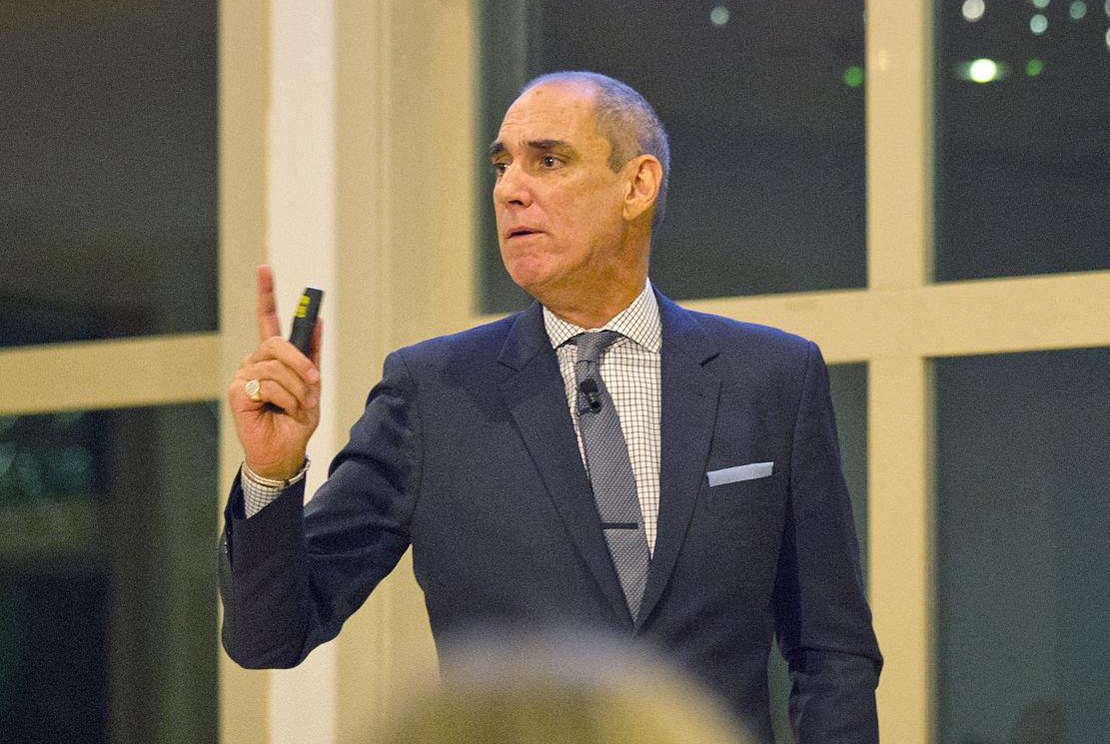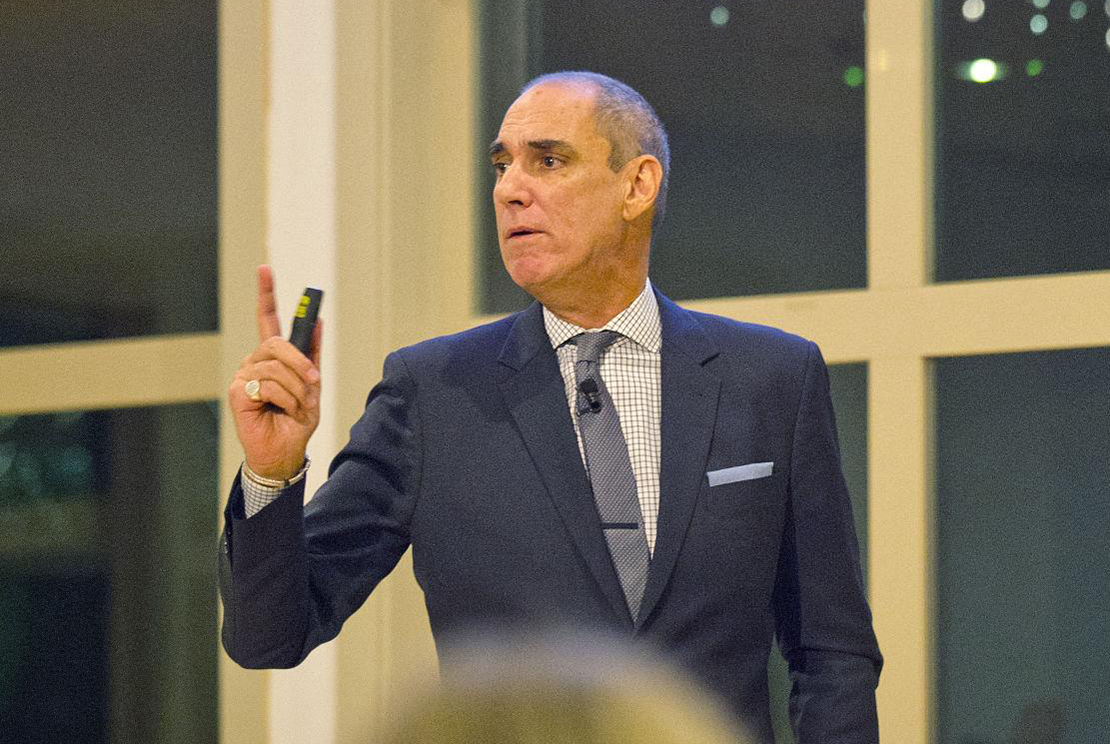
Economist Matthew Gardner motioned his outstretched hand horizontally through the air. “Balance,” he said. “That’s what we’re trending back to.”
Gardner was addressing some 250 people during an economic forum Friday, Jan. 26, at the Camano Center.
After nearly 20 years of volatility in the housing market — the early 2000s boom, the Great Recession and the ensuing recovery — the economy should return to that of one resembling the 1990s with slow and steady growth, he said.
After huge leaps in home prices during the past few years in the Stanwood-Camano area, price increases should slow to about 5 percent this year, Gardner projects.
“It’s not bad — a move back to balance — it’s just that most people don’t remember what a balanced market looks like,” said Gardner, chief economist at Windermere Real Estate in Seattle. “Many people have only known volatility.”
Prices for homes increased about 10 percent in Stanwood, rising from an average median price of $389,995 in 2017 to $430,000 in 2018, according to Northwest Multiple Listing Service data. On Camano Island, the cost of a home rose 3.7 percent, increasing from $394,975 to $410,000.
The biggest change last year was the drop in the number of homes for sale in spring, which drove up prices because what few homes were for sale didn’t stay long on the market. Local housing inventory spent the rest of the year steadily rebounding from some of its lowest points ever in spring.
Further complicating inventory levels is a smattering of interesting trends: People choosing to live in their homes longer; constraints for homebuilders, such as a shortage of workers and costly regulations; people increasingly opting not to pull up roots and move for a new job; and people working longer instead of retiring.
Meanwhile, millennials are starting to search for homes, which is keeping demand high.
“Millennials are doing everything we did, just about five years later in life than we did,” Gardner said.
One of that generation’s largest impediments to buying a home has been the lack of wage increases in the past few years — a trend Gardner sees as reversing this year.
“Companies are having a really hard time finding workers,” he said. “To get them, you’ve got to pay them. And I think that will kick in this year.”
However, Gardner warned that the U.S. economy also is prime for a recession.
“Quite frankly, we’re due … we’re in the second longest economic expansion in U.S. history,” he said. “But it will look nothing like the Great Recession.”
He predicted a recession similar to that of 1991 where the economy posted a few quarters of negative economic growth.
Several factors could cause the recession — a trade war, the Federal Reserve raising rates too quickly, over-leveraged companies. With the U.S.’s gross domestic product growth slowing, it may take just one economic event to send growth below zero.
“There’s always an outside shock that causes a recession,” Gardner said. “But this one will not be caused by housing.”
During the Great Recession’s housing crisis, home values decreased — the only time that happened during a modern recession.
“Overall, we’re positioned well here,” he said. “I don’t see anyone here more exposed than elsewhere.”
Contact reporter Evan Caldwell at ecaldwell@scnews.com and follow him on Twitter @Evan_SCN for updates throughout the week and on Instagram @evancaldwell.scn for more photos.
 Facebook
Facebook
 X
X
 Pinterest
Pinterest
 Copy Link
Copy Link


